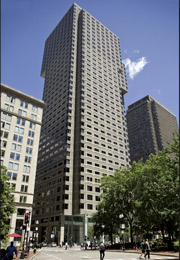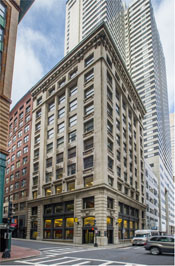
Credit: Boston Business Journal
The Boston office market is tight, with vacancy rates among the lowest in the nation; Boston shared the 5th spot nationally with Portland, OR.
The BBJ notes, “the percentage of office space that’s vacant in greater Boston is lower than all but six other major U.S. cities…Boston recorded an 11.9 percent office vacancy rate in the third quarter, down 0.9 percent from the year-ago period, according to the third-quarter office report from commercial real estate research service Reis Inc. That vacancy rate ties Boston with Portland, Oregon as the fifth-lowest in the U.S., behind New York (9.2 percent), Washington, D.C. (9.3 percent), San Francisco (10 percent) and Seattle (10.8 percent).”
You can read more on the Bizjournals website.


